Using Progressive Time Delay to Increase Peer Imitation in Preschoolers With Disabilities
Authors: Mollie J. Todt, Erin E. Barton, Claire R. Winchester, & Yuxin Tang ![]()
Summary
Imitation is a behavioral cusp which allows children to access new learning opportunities previously unavailable to them (Hixson, 2004; Najdowski, Gould, Lanagan, & Bishop, 2014). It is a vital component of observational learning, a process that enables children to learn a variety of new skills efficiently across settings without the use of explicit instruction or direct teacher mediation (Bandura, 1977; Ledford & Wolery, 2011). Researchers have identified effective instructional strategies to teach peer imitation, including classroom-based interventions, but there is a dearth of strategies that have been effective for teaching generalization of imitation skills to novel contexts (Ledford & Wolery, 2011). Building upon previous research, we examined the use of progressive time delay and contingent reinforcement to increase peer imitation in the context of a play activity for four preschoolers with disabilities.
Participants
Table 1. Characteristics of Target Participants

Procedural Fidelity (PF) and Inter-Observer Agreement (IOA) Data
Table 2. Data for IOA

Table 3. PF Results

Social Validity Results
Table 4. Teacher Social Validity Results
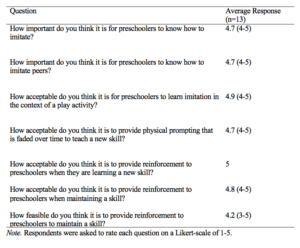
Table 5. Masked Rater Social Validity Results

Graphs
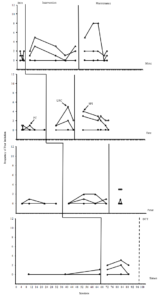
Figure 1. Target participants’ unprompted correct and spontaneous peer imitation during generalization sessions.
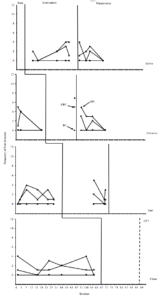
Figure 2. Peer participants’ unprompted correct and spontaneous peer imitation during normative peer sample sessions.
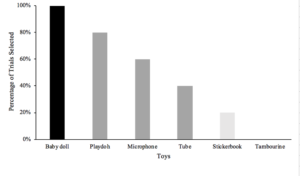
Figure 3. Mimi’s paired stimulus preference assessment
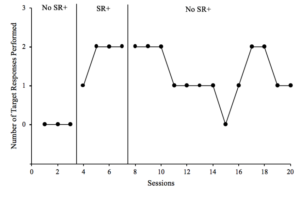
Figure 4. Mimi’s reinforcer assessment with the baby doll

Figure 5. Tate’s social interaction preference assessment
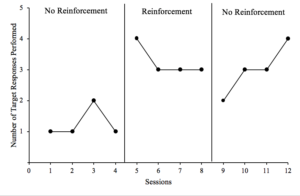
Figure 6. Tate’s reinforcer assessment with Baby Shark song
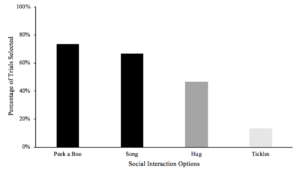
Figure 7. Peter’s social interaction preference assessment
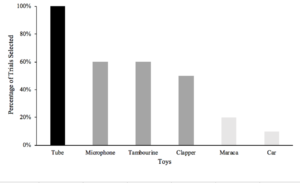
Figure 8. Peter’s paired stimulus preference assessment
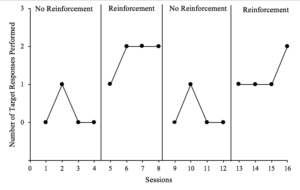
Figure 9. Peter’s reinforcer assessment with the tube
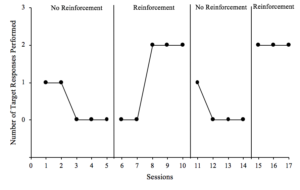
Figure 10. Peter’s reinforcer assessment with the tube
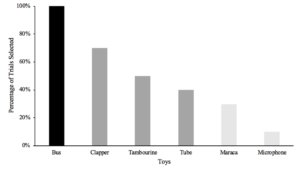
Figure 11. Simon’s paired stimulus preference assessment

Figure 12. Simon’s social interaction preference assessment
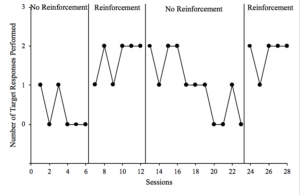
Figure 13. Simon’s reinforcer assessment with the bus